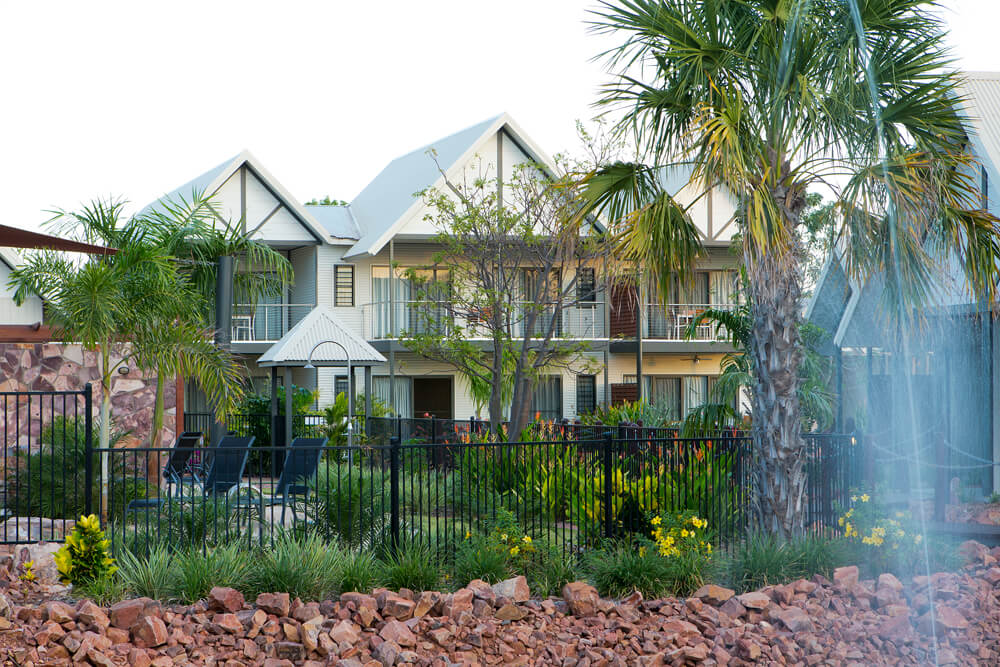The Most Historic Locations Near Your Holiday Accommodation Kununurra

The Kimberley is filled with mind-blowing things to see, but there are also dozens of places with historical importance. Here are a few:
1. Argyle Homestead Museum, Lake Argyle
The iconic Argyle Homestead Museum is the 1880s former home of the renowned Durack family, set amongst boab and gum trees at the edge of the Lake. The home, originally at a different location, was relocated to the present site in the 1970s when the Argyle dam was created. The home was dismantled stone by stone and is estimated to now be about 85 per cent true to the first building.
The site also includes the grave sites of members of the early pioneering pastoral Durack family, which took on a gruelling two year journey across the continent. The homestead is open from April to September with a small fee for entry.
2. Afghan Cemetery, Wyndham
The lonely, unmarked graves of the Afghan cameleers are located not far from the Wyndham town site and pay homage to the workers’ contribution to the North. The Afghan cameleers of the 1890s were the backbone of transport between cattle stations and towns. Lead camels were always buried with their owner, for the final trek into the afterlife, and all of the graves face east, towards Mecca.
3. Gibb River Road, South of Kununurra
Once a cattle route and now one of Australia’s top 4WD adventures, the Gibb River Road is a bumpy corrugated track which rattles from Derby to Kununurra. At 660km in length, the road takes in a range of attractions including Windjana Gorge and Tunnel Creek. It was originally created in the 1960s to transport stock from the surrounding cattle stations.
4. Wyndham Port
Still a bustling trade port exporting to Asia, the area was also the frontline of Australia’s war with Japan 75 years ago. A large ship sits at the muddy deep of the bay. In 1942, State Ship MV Koolama was bombed by a Japanese plane and shrunk. While not visible from the shore, you can, at times, see a swirl in the other-wise calm water above the ship’s remnants. The port itself was established in 1886 after the gold rush in Halls Creek and still open















 Freshwater East Kimberley Apartments is located only 2.5km from Kununurra Airport and two minutes from the town centre (by car).
Freshwater East Kimberley Apartments is located only 2.5km from Kununurra Airport and two minutes from the town centre (by car).